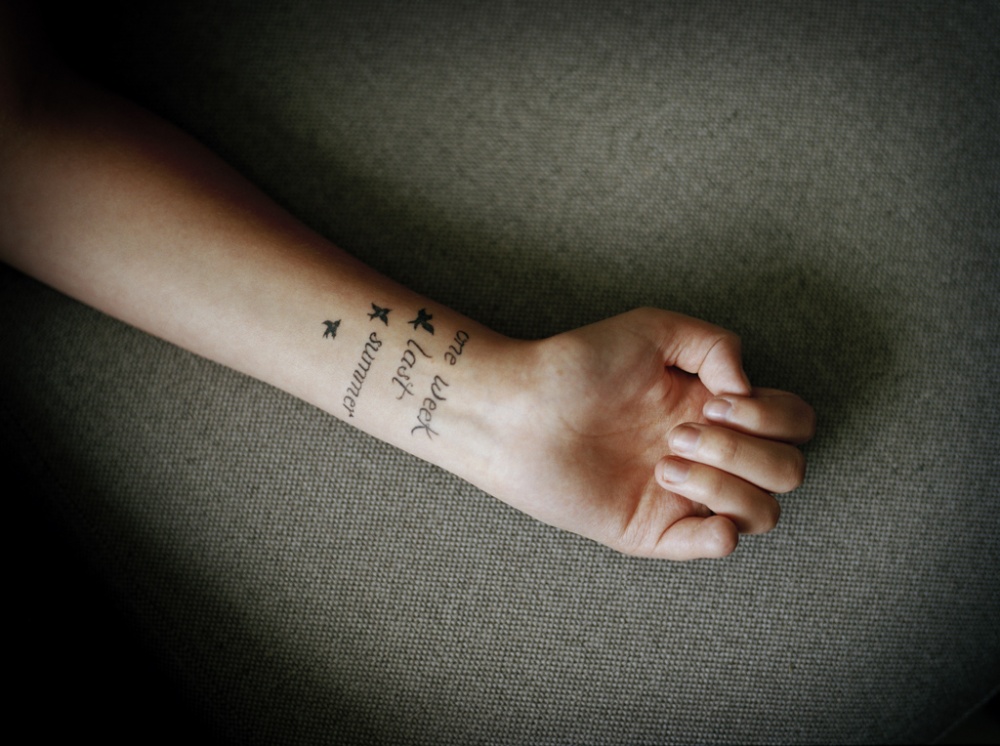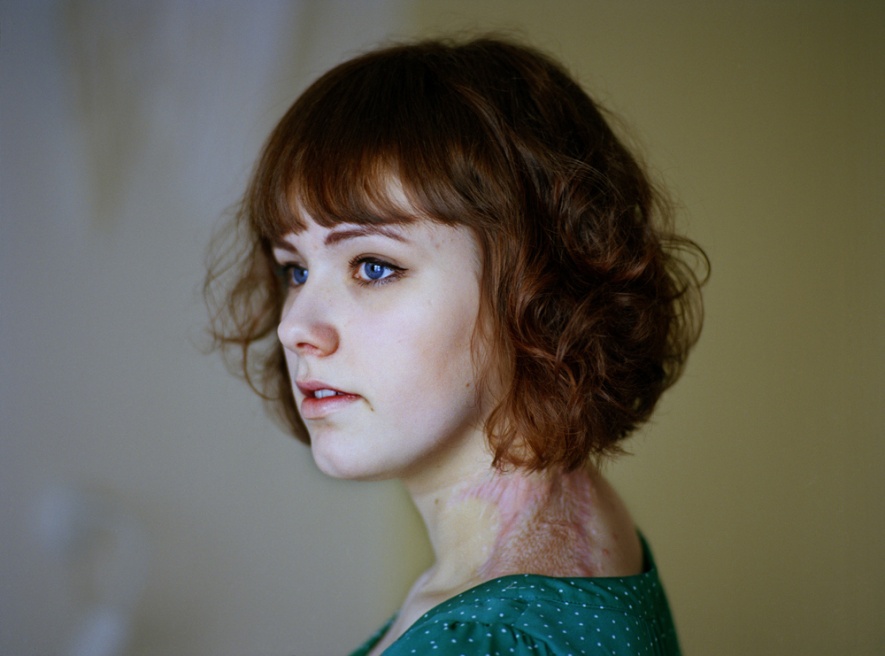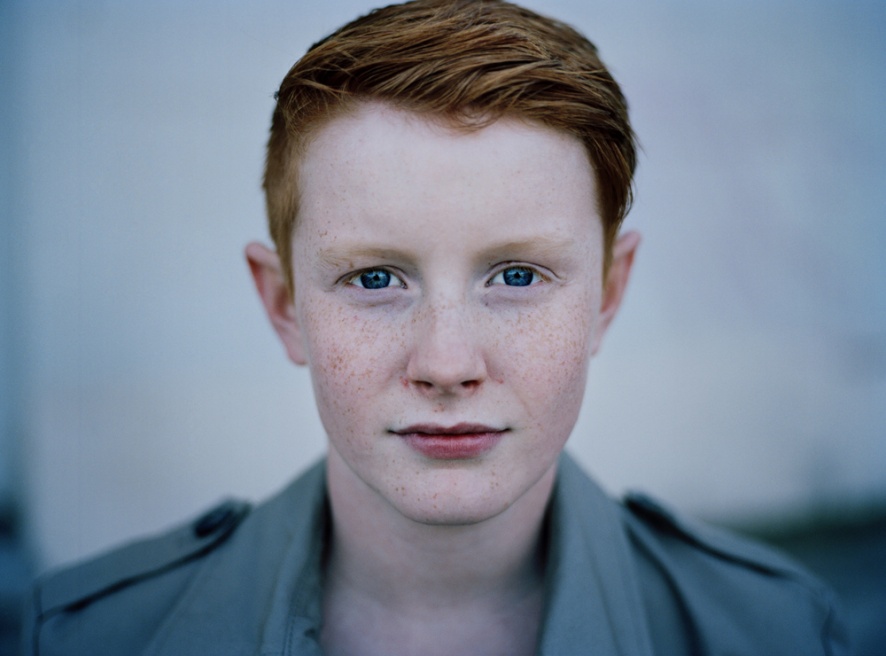Project description Fotovisura Grant 2012
ONE DAY IN HISTORY
In Norway, the 22nd of July 2011 has etched itself into the collective and private memory forever. That day, a car bomb killed eight people and damaged the executive government quarter in Oslo. Few hours later, 69 young people were killed at a summer camp on the island of Utøya. Around 500 survived the massacre on the island, of whom many were badly wounded.
«Life goes on. I tell my self this phrase every day. It’s the phrase I hate most on earth».
Tuva Elise Bø (17)
More than half of the survivors of July 22nd were children and youths under the age of 18. They have returned to their daily lives now. They go to school, they hang out with friends and they fall in love. They go to bed every night and look at them selves in the mirror in the morning. But something has changed. The young survivors will live on with their scars — both visible and mental — many of which may never fully heal.
In my project One Day in History I have travelled around Norway to meet the young survivors when they are back in their home environments. Through portraits and interviews I have tried to find out what happens to a teenager’s life when everyday issues are replaced by the fear of being shot, the loss of friends and siblings, nightmares and physical injuries. Some have difficulties handling the easiest tasks, and many struggle to find meaning in life. On the other hand, some of the survivors have gained a stronger believe in them selves and they appreciate being alive.
«I bear my scares with dignity, because I got them standing for something I believe in. I
choose to go through life with this attitude, and this is what keeps me going. Things are the
way they are, and the only thing I can do is accepting it. It won’t help anyone, and especially
not myself, if I fall into a deep depression. So I keep my head high and focus on all the good
things in life.»
Ylva Helen Schwenke (15)
The attack left Norway and big parts of the world in shock. Newspapers and TV were reporting about the massacre on a daily basis for many months. The perpetrator got a lot of attention, so did the police investigation, and the fact that it was an attack on the Norwegian Government and leading political party. The perpetrator has gained an icon status among right wing extremist and anti-Islam movements in Europe and USA.
All the people who were attacked on Utøya are just normal kids. Nothing can recall what happened. Nothing can bring friends, lovers, sisters or brothers back. The young survivors will have to live on with their mental scars and injuries.
My aim with the project One Day in History is to create a larger understanding of the personal stories of the children and youths who survived, and other young people who survive exreme tragedies such as war and school massacres. Even if the stories are unique, I believe the feelings and reactions are universal. By telling these stories I hope to contribute to an including society and to fight extreme ideologies and acts.
Andrea Gjestvang, Oslo, 20.12.2012
Andrea Gjestvang
Photographer
Untitled
Public Story
Untitled



















